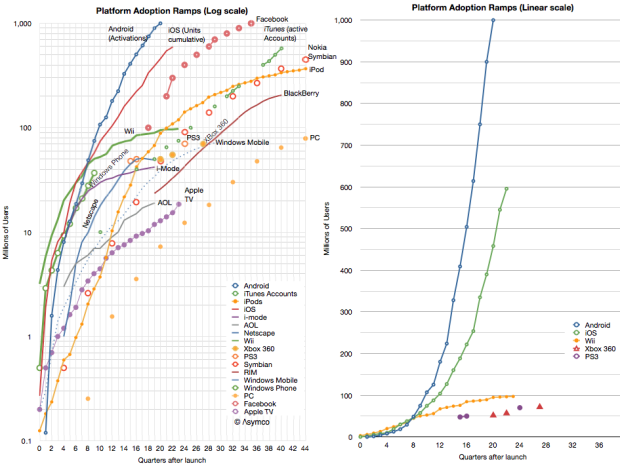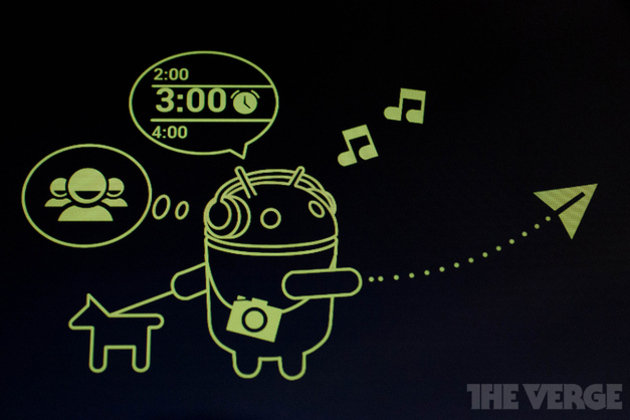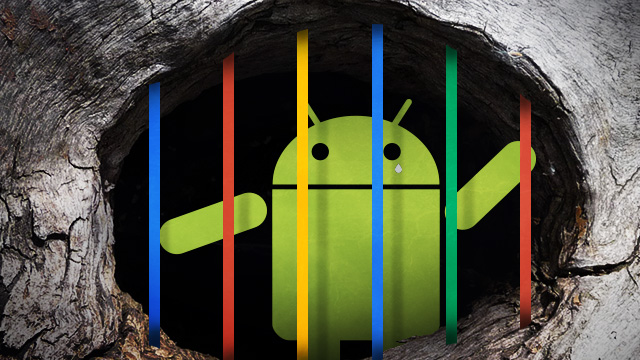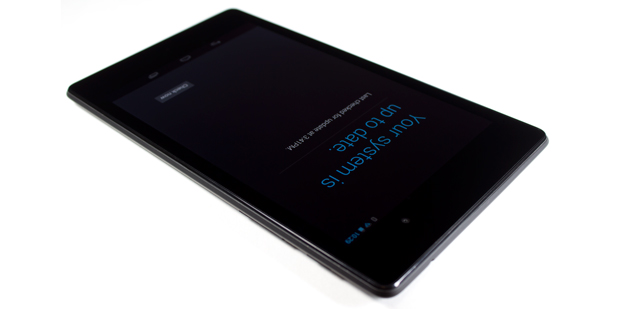first, windows; second, Facebook
Android is the third platform to reach a billion users[1] . The first was Windows and the second was Facebook. Apple sold around 650 to 700 million iOS and is expected to be the fourth to a billion sometime next year.[2]
If we define the Race To a Billion to be bounded by a time limit of 10 years, then Windows does not qualify and Android is actually second. The race is shown in the following graphs (the one on the left is logarithmic scaled, the one to the right includes only a few contenders for illustrative reasons).

Android’s activations as reported are shown in the following graph:

Without qualification, Android has been a viral success story. It reached one billion activations in about five years, almost half the time it took FaceBook and far faster than Windows.
However, Android growth can be qualified. I added another set of data which is the number of US Android phone users as deduced from measurements by ComScore.[3]
One way to read the two graphs is: Between March and August, of the 250 million Android devices activated, 4 million were to new Android consumers in the US. In other words, In the last six months, 1.6% of Android activations went toward new usage in the US. The equivalent figure for iOS is about 6%. Note that these are new users, not included are upgrades. It’s likely that more of the US buying goes toward upgrades because iOS has been in use longer.
So whereas Android is growing very rapidly, there is a question of reliability of that audience. Engagement is one thing, but in the market which shows highest penetration (and deepest distribution of an alternative) Android is peaking.
Notes:
- Although activations are not users, I’m assuming that usage is not far behind and the cumulative sales figures I gather are roughly comparable.
- Separately, iTunes reports 575 million account holders.
- ComScore surveys users on their primary phone. Survey includes only those aged over 13 years and excludes phones issued by businesses.





